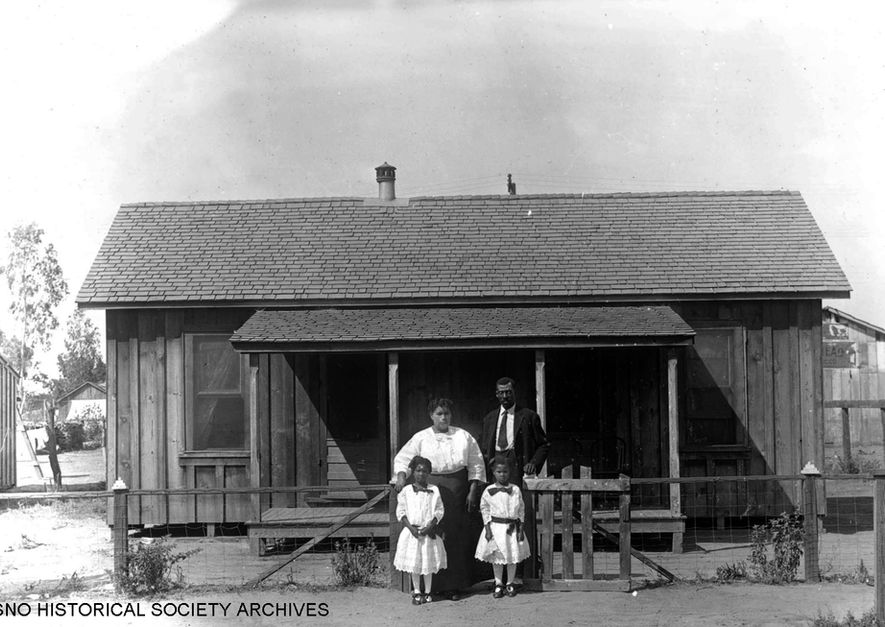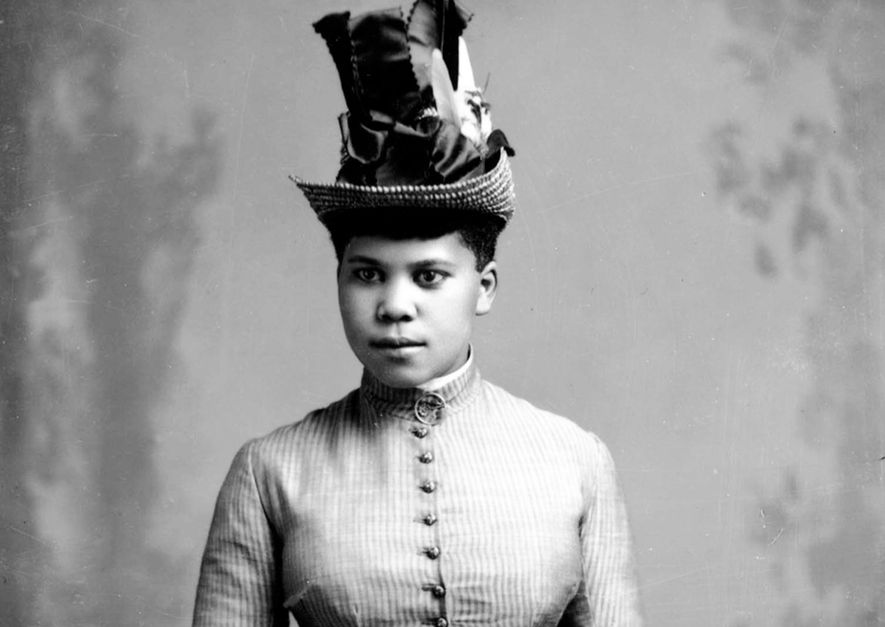THE PEOPLE AND COMMUNITIES OF THE 19TH CENTURY CENTRAL VALLEY - African American Settlers
Take a Trip Back In Time to Allensworth
Established in 1908, The town of Allensworth was the vision of Lt. Colonel Allen Allensworth, born in 1842, Allensworth escaped salvery during the Civil War and joined the Union Navy. In 1886, he became the chaplain of the 24th infantry regiment, retiring in 1906 as the highest ranking African American Officer in the US Army.
On Jun 30th, 1908, Colonel Allensworth, Professor William Payne, Dr. W.H> Peck, Harry Mitchell and J.W. Palmer formed the California Colony and Home Promoting Association. They purchased land and built the town of Allensworth - the only town in California founded, built, governed and populated entirely by African Americans.
View this video to learn about the town of Allensworth, California located in the Central Valley
KPIZ CBS, August 2017
Photos from the Fresno County Historical Society Archives taken by Paul Hutchinson in the early 1900s.
The period from 1890 to 1930 in Fowler, California was a fast growing cosmopolitan city with a wide ranging population that ranged from Japanese and Chinese immigrants, Latino migrant workers, Armenian refugees, and African American migrants moving from the southern states to California.
Many African American families made the decision to migrate from the south due to the numerous social and economic challenges they faced there following the Civil War. The movement out of these southern areas meant a possibility of landownership, economic stability, social acceptance, and possible protection from violent terror. For these settlers the promises that California offered seemed to be a better alternative than the various obstacles they faced in their Southern homes.
The potential for land ownership, not only in Fowler but throughout the Central Valley, was one of the main incentives for thousands of individuals to make the journey to the state’s interior. As the fruit industry continued to boom in the first ten years of the 1900s, promoters began to advertise the demand for laborers, not only locally but also in nationwide black newspapers. Locally, the Fowler Ensign reported in June 1907 that the California Promotion Committee was actively aiding immigrants from throughout the country to relocate into the Central Valley. The article notes that any farmer or individual with farm labor experience would “solve the industrial question of sufficient labor supply for the agricultural district.”
Various newspapers began advertising and writing about the Central Valley’s economic opportunities. Land Ownership was the major feature that was emphasized in black newspapers. Weekly advertisements concerning fruit acreage, price per acre, accessibility to water, rail fare to California, and farmers’ testimonials aimed at convincing potential African American farmers to migrate.
The promotion of rural California by black boosters and newspaper advertisements as a site of possibility did convince some African Americans to make the move to this developing state. Yet, the most effective tool in convincing various individuals and families to relocate from Southern or Midwestern areas was familial and friendly letters. For some, word of mouth proved to be the most effective in convincing people to move hundreds of miles to the Central Valley to reunify with their families.
These early African American settlers in the Central Valley established themselves in the community. Buying land, building business and planting churches helped to establish a thriving African American middle-class community that was able to actively advocate for black civic, cultural, and political life.
As an example, in 1890, the Fresno County community of Fowler began when Julia Bell, an African American from North Carolina, planted the first tree on her newly purchased town lot. From that simple beginning, a thriving African American community, including several black churches, grew in this small, integrated valley town. Julia may have been among that first wave of almost four hundred contracted farm workers, who arrived, on the train, from the Carolinas, in 1888. Within ten years, Hanford resident Alex Anderson owned and operated the Seventh Street Stables—the largest livery stable in Central California. His was just one of several black families that formed the base within that rural farming and railroad community where they lived among Anglos and a large Chinese population.
In 1925, Frank Milner opened the Last Chance Barbershop, on South K Street, in Tulare. Two years later, Mary Francis King and Sara Richardson opened the Kings Café, on the same street. These rural or small-town communities closely echo the development of African American neighborhoods and communities within the larger cities of the San Joaquin Valley.
Another notable early African American settler in Central California was Edmond Wysinger whose son Arthur was denied admission the local public school. Edmond sued the local school master for his denial. In the opinion given by Justice C. Belcher Foote, the ruling stated that since the city of Visalia did not offer or maintain a school for black children, then the community had to admit them to the local white school. Thus, the 1890 California Supreme Court case Wysinger v. Crookshank ended the practice of denying black children a public education. This case paved the way for the passage of state legislature that led to the prohibition of “discrimination in public accommodations.” The assertion of Edmond Wysinger in demanding that his son receive an education drove at the heart of what many African Americans desired. An education was considered a social and economic necessity in uplifting one’s community during this time period.
Fowler’s black community was not unique in their development. The ideal of self sufficiency, based on an agrarian model with a Christian faith was their core vision. African Americans were among many who came into the area seeking to work and substance within the farm economy. In terms of their religious faith, many African Americans were attempting to align themselves within the predominantly Christian groups seen throughout Fresno County. Yet the importance of looking at Fowler’s black community is that it provides a key narrative in black migrant studies and community building.
Sources: Securing Satisfaction: African American Community Building in Fowler, California from 1890 - 1930, Anna Moreno Keithley
African American Communities in Central California
.jpg)





















